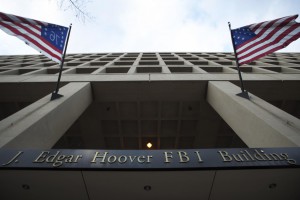 The Justice Department and FBI have formally acknowledged that nearly every examiner in an elite FBI forensic unit gave flawed testimony in almost all trials in which they offered evidence against criminal defendants over more than a two-decade period before 2000.
The Justice Department and FBI have formally acknowledged that nearly every examiner in an elite FBI forensic unit gave flawed testimony in almost all trials in which they offered evidence against criminal defendants over more than a two-decade period before 2000.The cases include those of 32 defendants sentenced to death. Of those, 14 have been executed or died in prison, the groups said under an agreement with the government to release results after the review of the first 200 convictions.
The FBI errors alone do not mean there was not other evidence of a convict’s guilt. Defendants and federal and state prosecutors in 46 states and the District are being notified to determine whether there are grounds for appeals. Four defendants were previously exonerated.
The admissions mark a watershed in one of the country’s largest forensic scandals, highlighting the failure of the nation’s courts for decades to keep bogus scientific information from juries, legal analysts said. The question now, they said, is how state authorities and the courts will respond to findings that confirm long-suspected problems with subjective, pattern-based forensic techniques — like hair and bite-mark comparisons — that have contributed to wrongful convictions in more than one-quarter of 329 DNA-exoneration cases since 1989.
In a statement, the FBI and Justice Department vowed to continue to devote resources to address all cases and said they “are committed to ensuring that affected defendants are notified of past errors and that justice is done in every instance. The Department and the FBI are also committed to ensuring the accuracy of future hair analysis testimony, as well as the application of all disciplines of forensic science.”
Peter Neufeld, co-founder of the Innocence Project, commended the FBI and department for the collaboration but said, “The FBI’s three-decade use of microscopic hair analysis to incriminate defendants was a complete disaster.”

